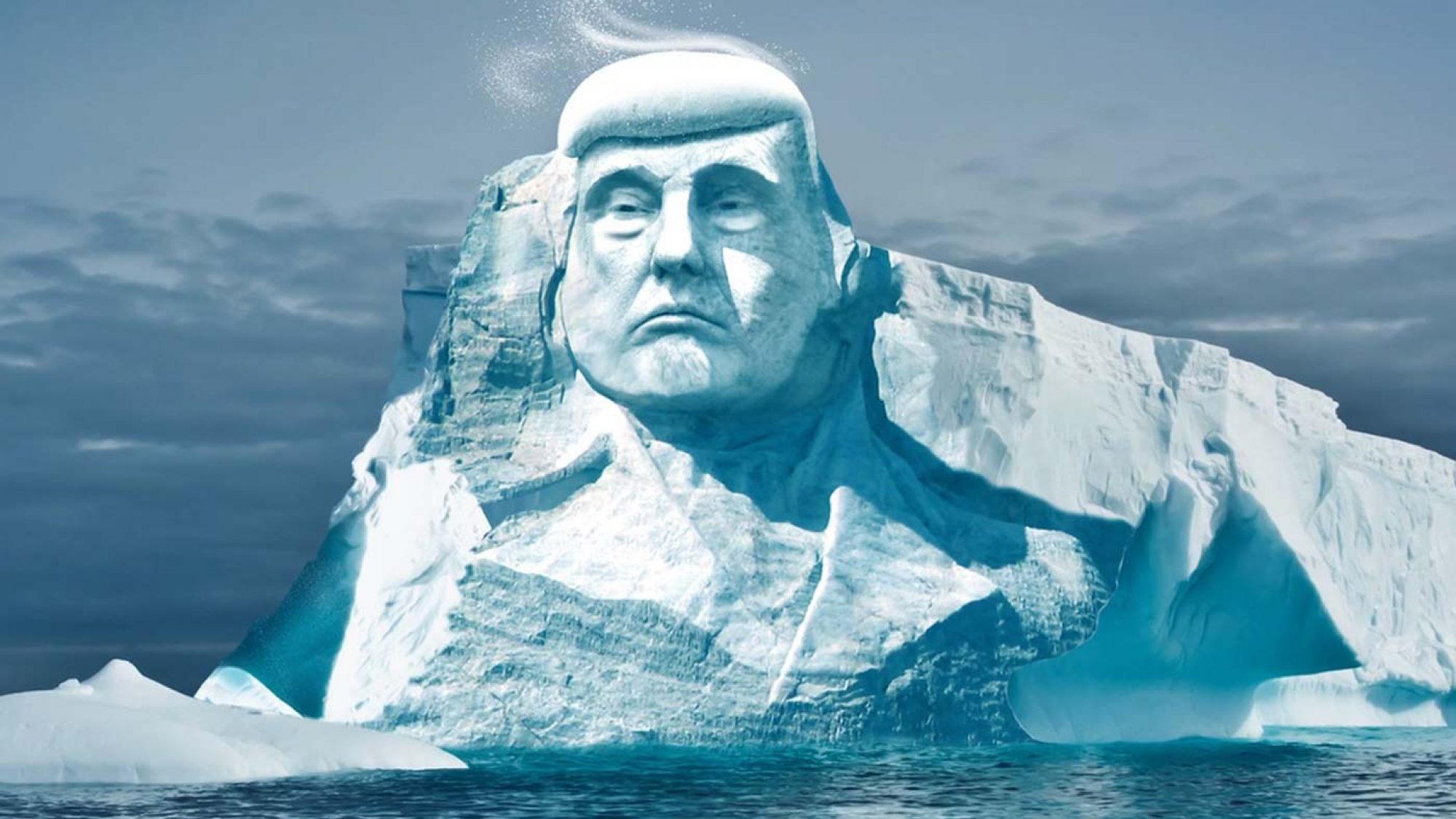

As August winds down and we look back on one of the warmest UK summers since 1976, a worrying trend emerges. Globally, the year 2018 is set to be among the hottest since records began, with unprecedented peak temperatures causing droughts, fires, power shortages, and heat-related deaths everywhere from Azerbaijan to Scandinavia.
The statistics speak for themselves: the consequences of climate change are accelerating every year. As scientists often remind us, we urgently need to significantly reduce our use of one shared resource – fossil fuels – to limit the devastating effects on another – the Earth’s climate. But while most people are aware of the imminent dangers, those working in the sector of climate change and sustainability still struggle to communicate with a global audience.
The paradox of climate change communications is that although it affects everyone – all of humanity has a stake in the Earth’s survival – the complex nature and size of the problem mean that it is hard to identify and target one ‘audience’ to communicate to!
One report examining people’s attitudes to climate change found that “the more certain the science becomes, the less concern we find [among the general public] in richer Western democracies.” Why this disconnect?
A major barrier to communicating the urgency of climate change is that most scientific models present the problem as being distant, both in time and space; projecting ahead to 2050 and 2100 feels far away. Another part of the discrepancy in attitudes can be attributed to a sense of helplessness. How much can our personal actions really alter the pace of global warming, when the problem is so big?
In order for science to shape people’s actions – both individual behaviors like recycling, and large-scale policy decisions by governments – it is important to get the communication right. Studies on the psychology of climate change suggest that instead of bombarding people with evidence, science communicators should focus more on how to frame their communications.
That’s not to say that the sector isn’t trying to think outside the box. Many scientific organisations have taken creative approaches to framing climate change with video – ranging from the data-centric, like in NASA’s visual carbon emissions video, which has over 2 million views on YouTube – to the cute, with Norwegian research group CICERO’s 83-second animation (below) telling the story of the UN climate negotiations – to the truly geeky, with comedy show Hungry Beast’s rap battle parody featuring real climate scientists.
Activists have taken the challenge a step further, with provocative stunts such as Project Trumpmore, a crowd-funded initiative by the Finnish group Melting Ice, which plans to carve President Trump’s face into an iceberg. While clearly designed for maximum PR exposure, the idea uses humour to bring awareness to the issue, as well as encouraging a healthy debate and scrutiny of the US president’s abysmal record on climate change policies.
Traditional print media outlets are also investing resources in communicating climate change. The New York Times recently devoted an entire issue of their Weekend Edition to a 40,000-word investigative essay titled Losing Earth, which traced the history of climate change research and political debate in the United States; the digital version was designed as a multimedia experience, with panoramic visuals, archive materials and interactive maps bringing the story to life. The Guardian’s recent report, Heat: the next big inequality issue, funded in part by the Rockefeller Foundation, took a similarly visual approach to in-depth reporting.
As the above examples demonstrate, there is a growing body of fantastic content communicating the dangers of climate change. Perhaps, then, a bigger problem than the lack of well-framed content is the fact that the organisations doing this work are still very siloed. Most of the channels mentioned above are preaching to an audience that is already receptive to the concept that climate change is perilous and must be acted upon.
There are still millions of people all over the world who are not well informed about the consequences of climate change – and millions more who are informed, but don’t care. To top it all off, those who do know and do care are often left feeling overwhelmed and helpless at the gravity of the issue. How can the sector reach more people to change their perceptions and inspire engagement?
We love challenging existing preconceptions and helping shift the conversation. While there is certainly a key role for the scientific and the urgent, we believe there lies untapped potential in the positive stories that might shift people toward proactive behaviour. What if we could leverage the best examples of what is being done by governments, activists and companies?
Author: Fiona Koch, Account Planner / Director at Raw London. Follow Fiona on Twitter @fijinsky